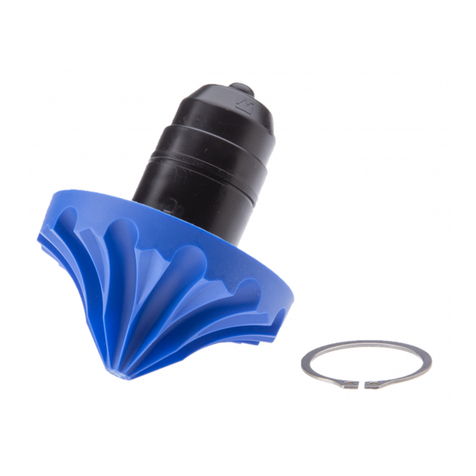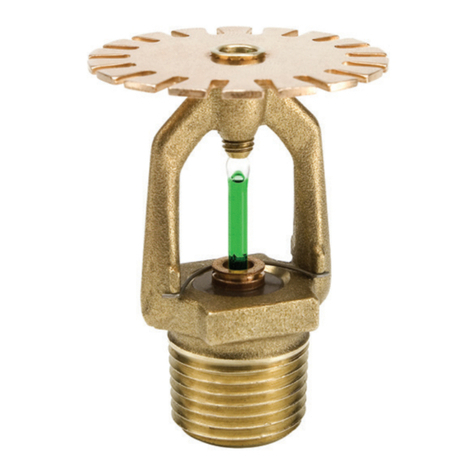Nelson RainTrain2 User manual
Other Nelson Irrigation System manuals
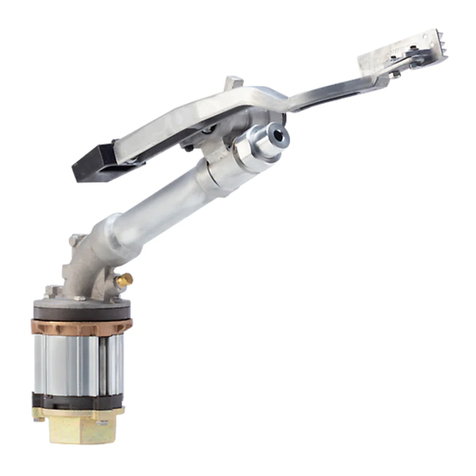
Nelson
Nelson F75 Big Gun Instruction Manual
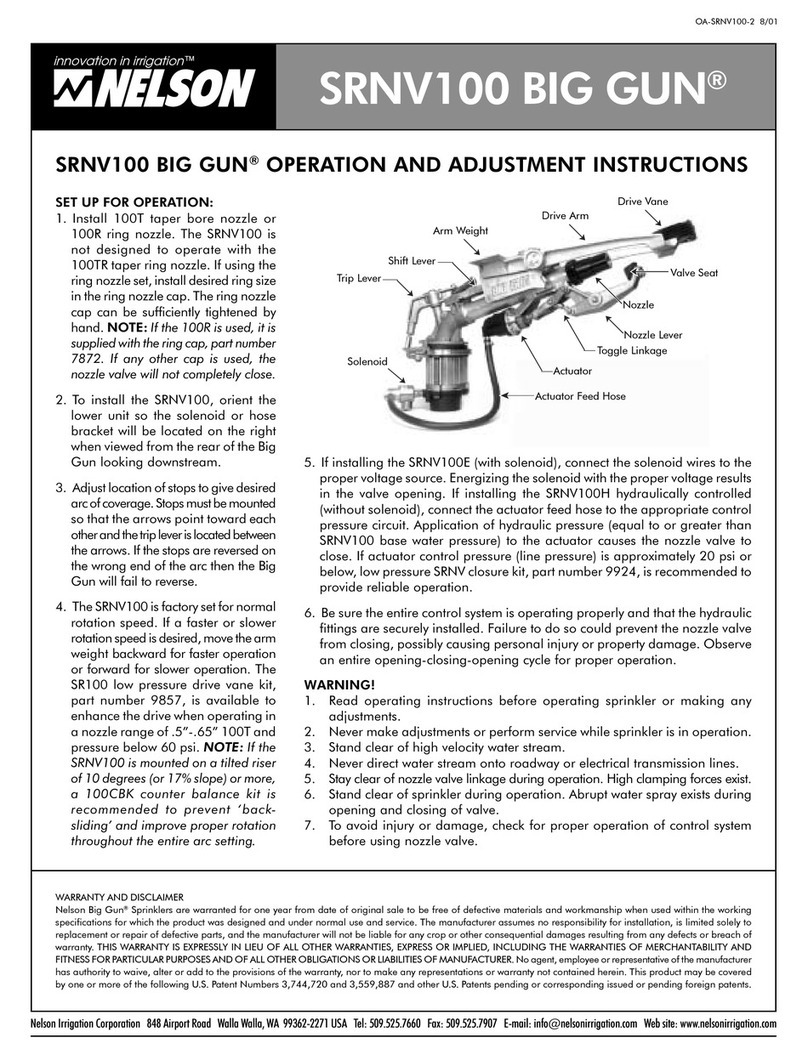
Nelson
Nelson SRNV100 User manual
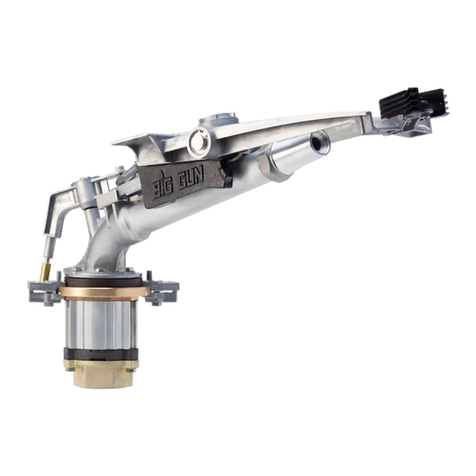
Nelson
Nelson BIG GUN 75 Series User manual
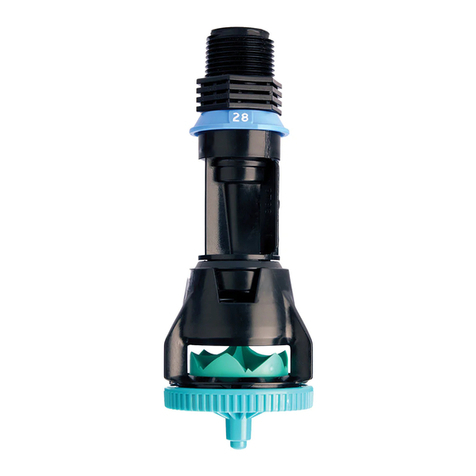
Nelson
Nelson PC-S3000 User manual
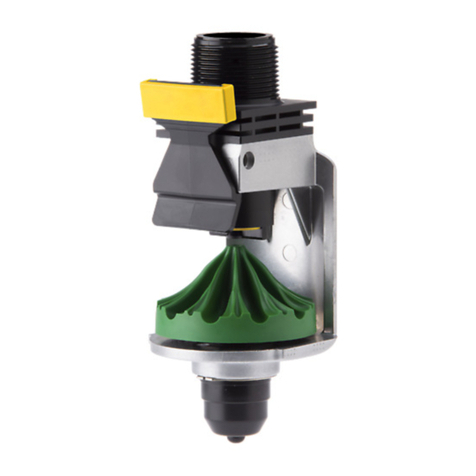
Nelson
Nelson R55 User manual
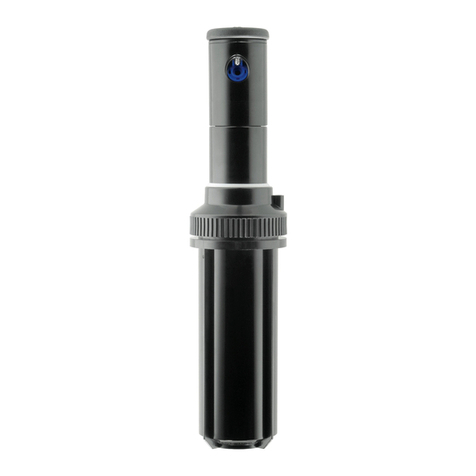
Nelson
Nelson PRO 6000 Guide
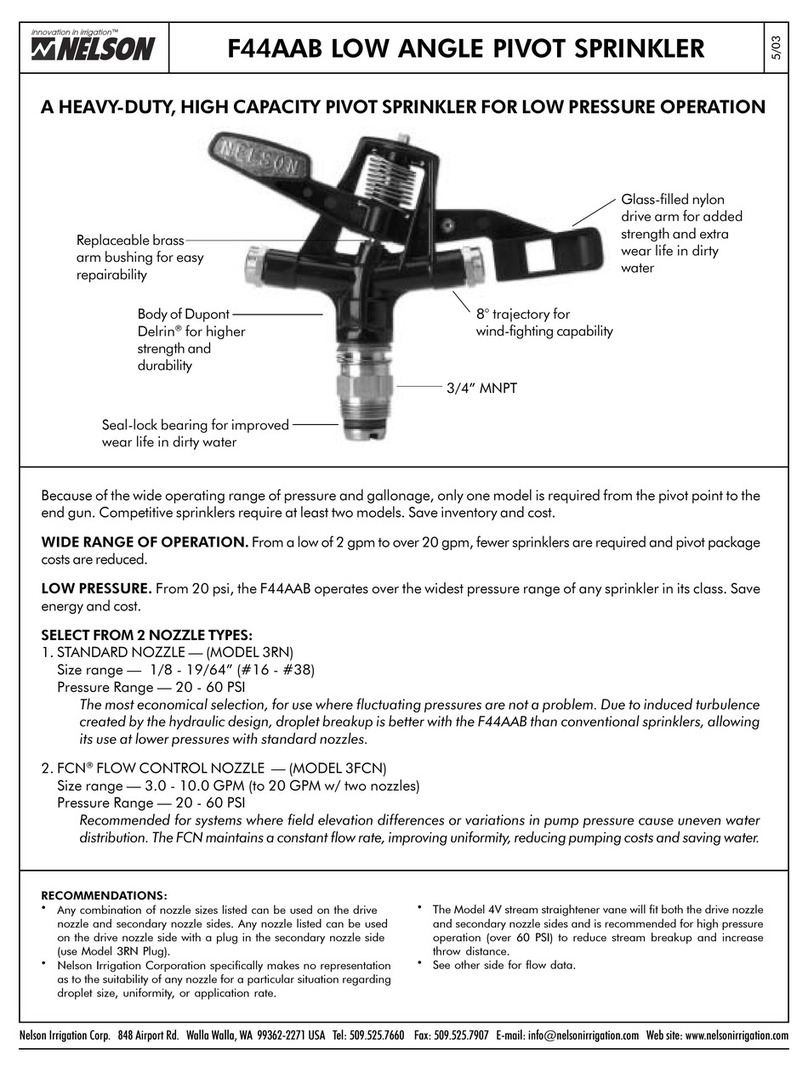
Nelson
Nelson F44AAB User manual

Nelson
Nelson Traveling Sprinkler User manual
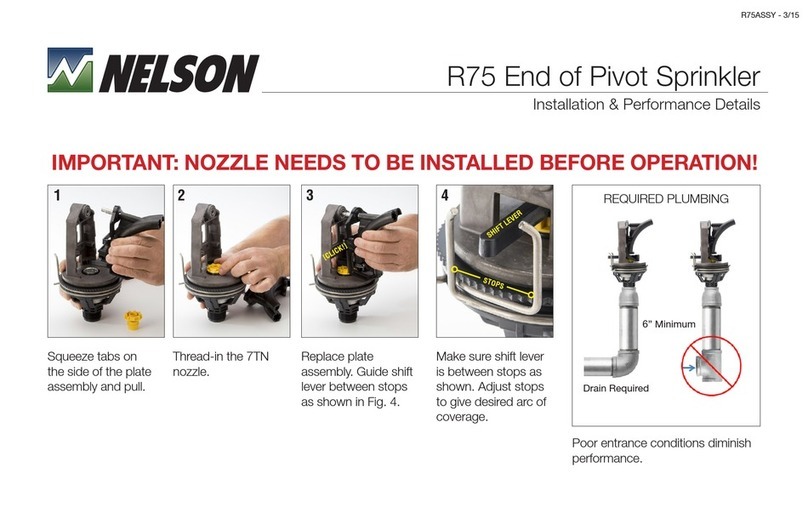
Nelson
Nelson R75 Installation guide
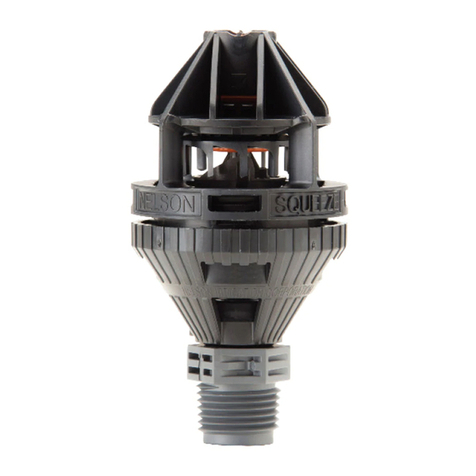
Nelson
Nelson ROTATOR R2000WF User manual
Popular Irrigation System manuals by other brands

Tyco Fire Product
Tyco Fire Product Star Galaxy SGQR instruction manual

Tyco Fire Product
Tyco Fire Product CENTRAL A instruction manual

Oral Care Technologies
Oral Care Technologies Hydro Floss Instructions for use

Reliable
Reliable F1-300 quick start guide

Tyco Fire Product
Tyco Fire Product Gem F892 instruction manual

Irrigation-Mart
Irrigation-Mart KIT-GK100-RV-B quick start guide
